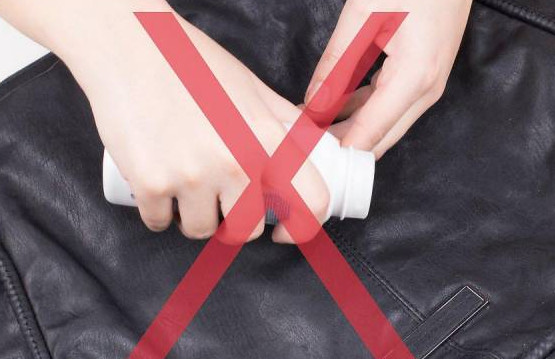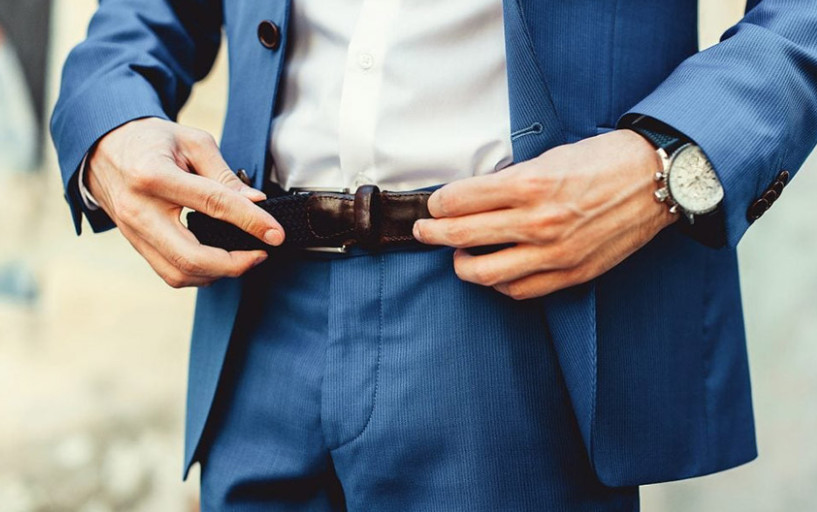To prevent cracking of leather, follow these tips
A normal household furniture polish will not condition leather; it will only make it look shiny. To maintain leather furniture’s appearance and extend its lifespan, it’s important to clean and condition it regularly.
With the right products, you can repair cracked or dull leather.
If leather sofas are not regularly maintained, they will dry out and crack. Cracks are hard to repair once they appear, but you can clean them and apply leather conditioner to prevent further damage.
If leather furniture is not maintained properly, cracked leather is a common problem, which leather restoration experts can easily fix, but as with most things with leather furniture, it is much cheaper to fix the problem before it is too late.

What causes leather to crack?
Leather absorbs oils and dirt from your own body and hair because of its porous nature. Oils absorb into leather’s top coating, resulting in abrasion and eventual cracking.
Maintenance of leather:
At least twice a year, leather furniture should be cleaned and condition. Therefore, dirt and oil are removed from furniture surfaces and prevented from soaking in.
A saddle soap and leather conditioner should be used regularly to keep the leather top clean and supple. As the seating cushions, backrest, and armrests are constantly worn, it is especially important to pay attention to them.
Humidity:
It is impossible to repair cracked leather, but there are ways to prevent it. You should protect your leather garments from this phenomenon regardless of whether they are made of leather jackets, leather pants, leather shirts, or any other type of 100% genuine leather. Maintain a suitable level of humidity in the area where your leather is stored. Almost everyone knows their home’s temperature, but few know its humidity level. A simple humidity reader costs $10, which is a small price to pay considering the impact humidity has on leather.
What is the best way to store leather? How much humidity is ideal? A relative humidity of 40 to 50% is ideal. Therefore, the air holds less than half of its maximum moisture. When humidity exceeds 60%, mold can grow. When humidity drops below 60%, leather can crack. If you want to increase the humidity in your home, consider investing in a humidifier. These devices increase humidity by releasing vapor into the air. If you need to lower humidity, consider investing in a dehumidifier. The purpose of a dehumidifier is to remove moisture vapor from the air.
Choose Quality Leather:
Another way to prevent leather cracks is to use quality leather. There is a difference in quality between two leather garments, even if they look similar. Some companies use low-quality leather because it degrades more quickly over time. Additionally, cheap leather is more likely to crack. By choosing low-quality leather products, you may save a few bucks, but you will end up paying more in the long run. Spending more money on high-quality leather products is therefore a better investment. You can enjoy your leather shirt or jacket for many, many years if you take proper care of it.
LEATHER CRACKING:
Cleaning leather first prevents it from creasing or cracking. As long as you keep the damaging substances away from the leather or remove them as soon as possible, the leather won’t be damaged. An absorbent cloth can be used to wipe away any dirt that is absorbed by this. If you use a product free of solvents and abrasives, you won’t damage the leather.
Smooth out the leather with a protection cream or conditioner after cleaning. Skin cracks and wrinkles will be filled in with this. Make sure the leather has had sufficient time to dry before sitting on it.
If the leather is too wrinkled or cracked to be repaired by cleaning and conditioning, you may need to take further action. Using our highly rated Complete Leather Repair Kit, you can achieve professional results without having to hire a repair service. These kits include everything you need to complete repairs and ensure long-lasting results.


